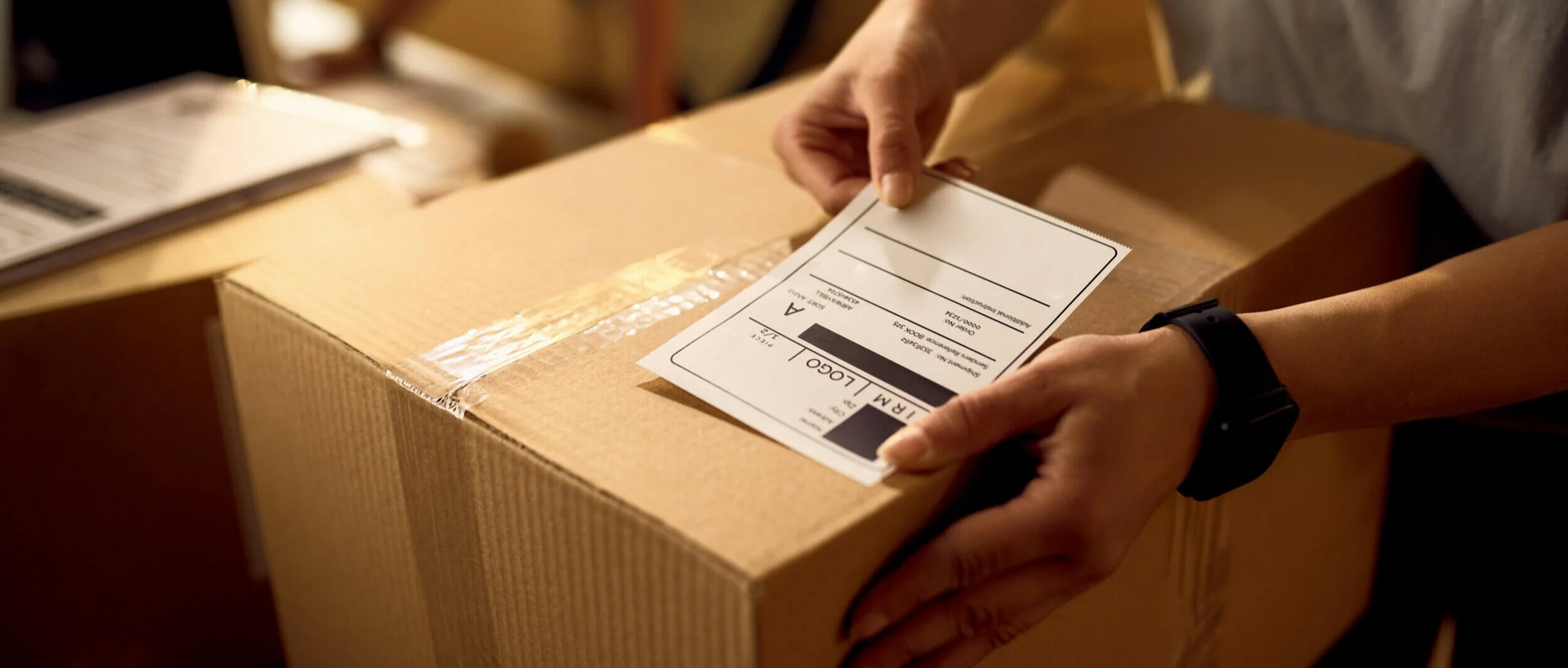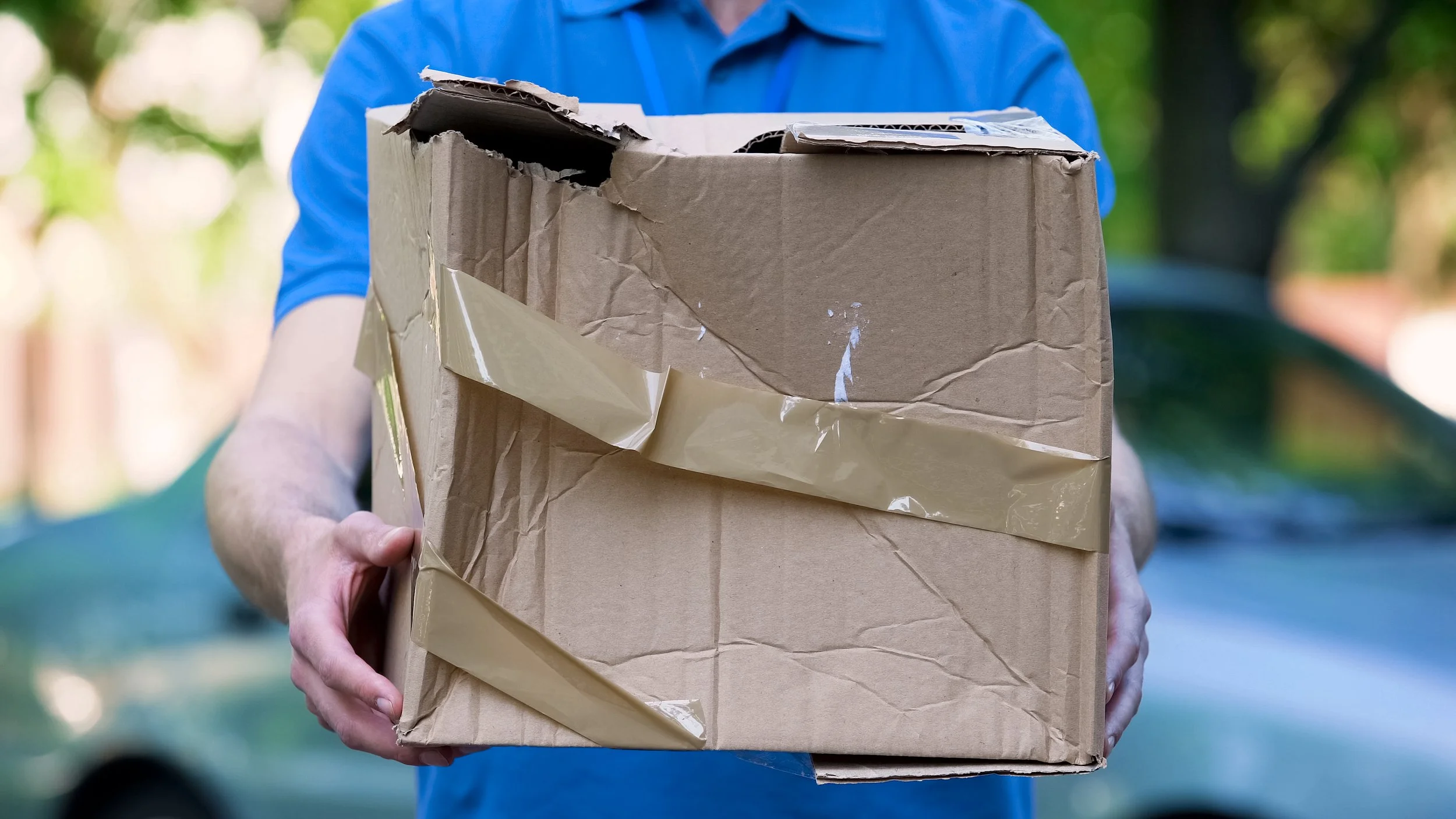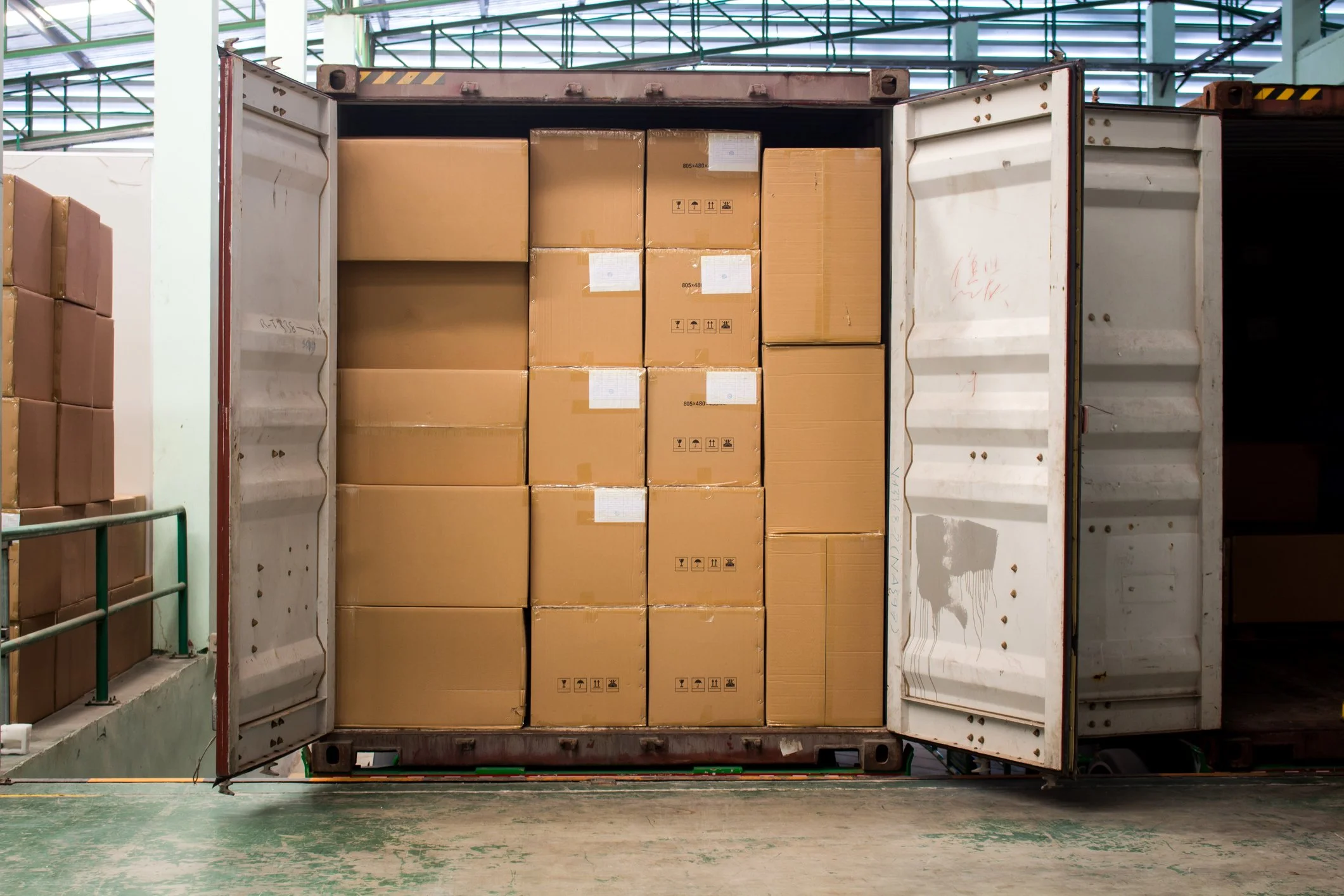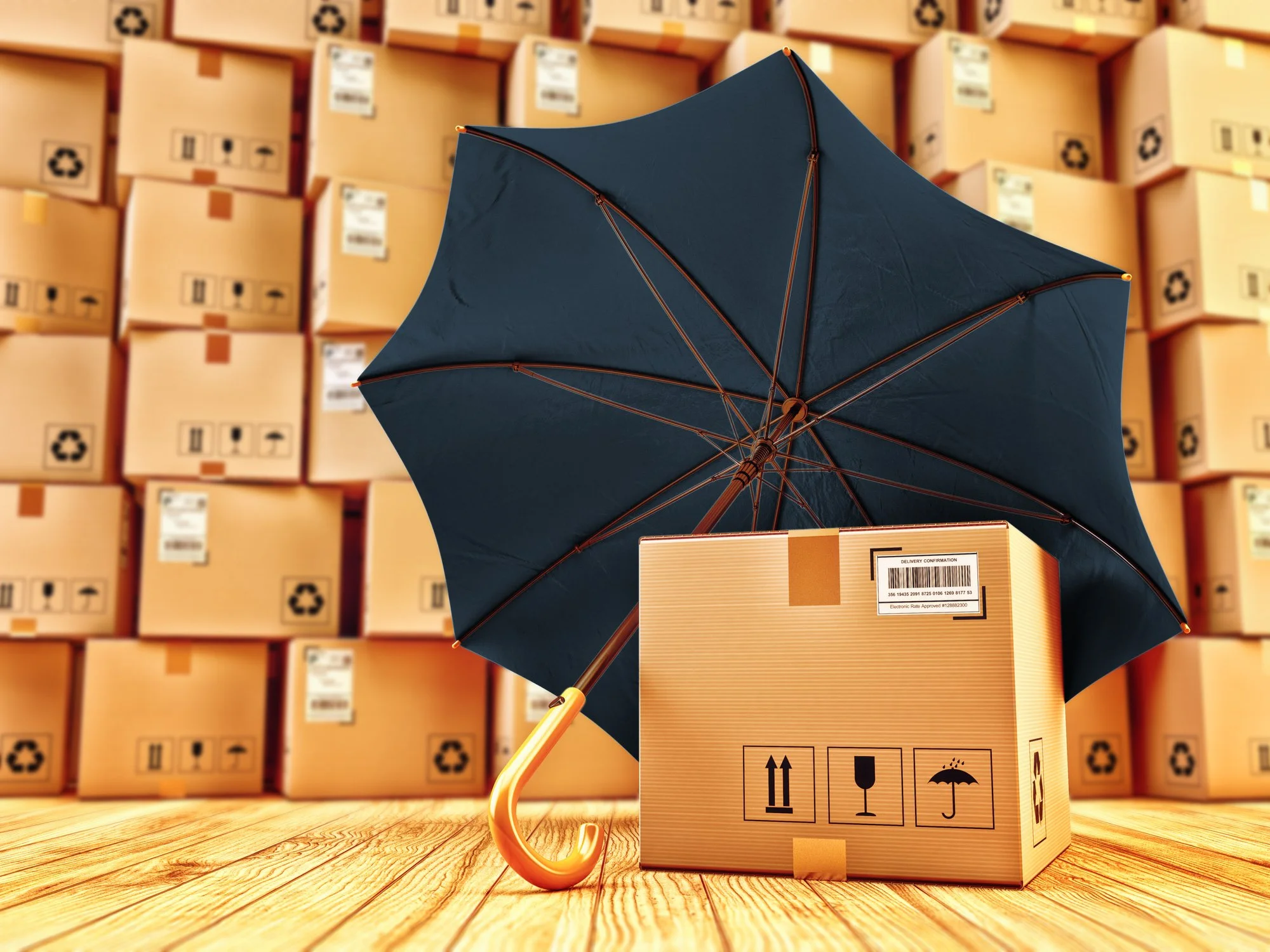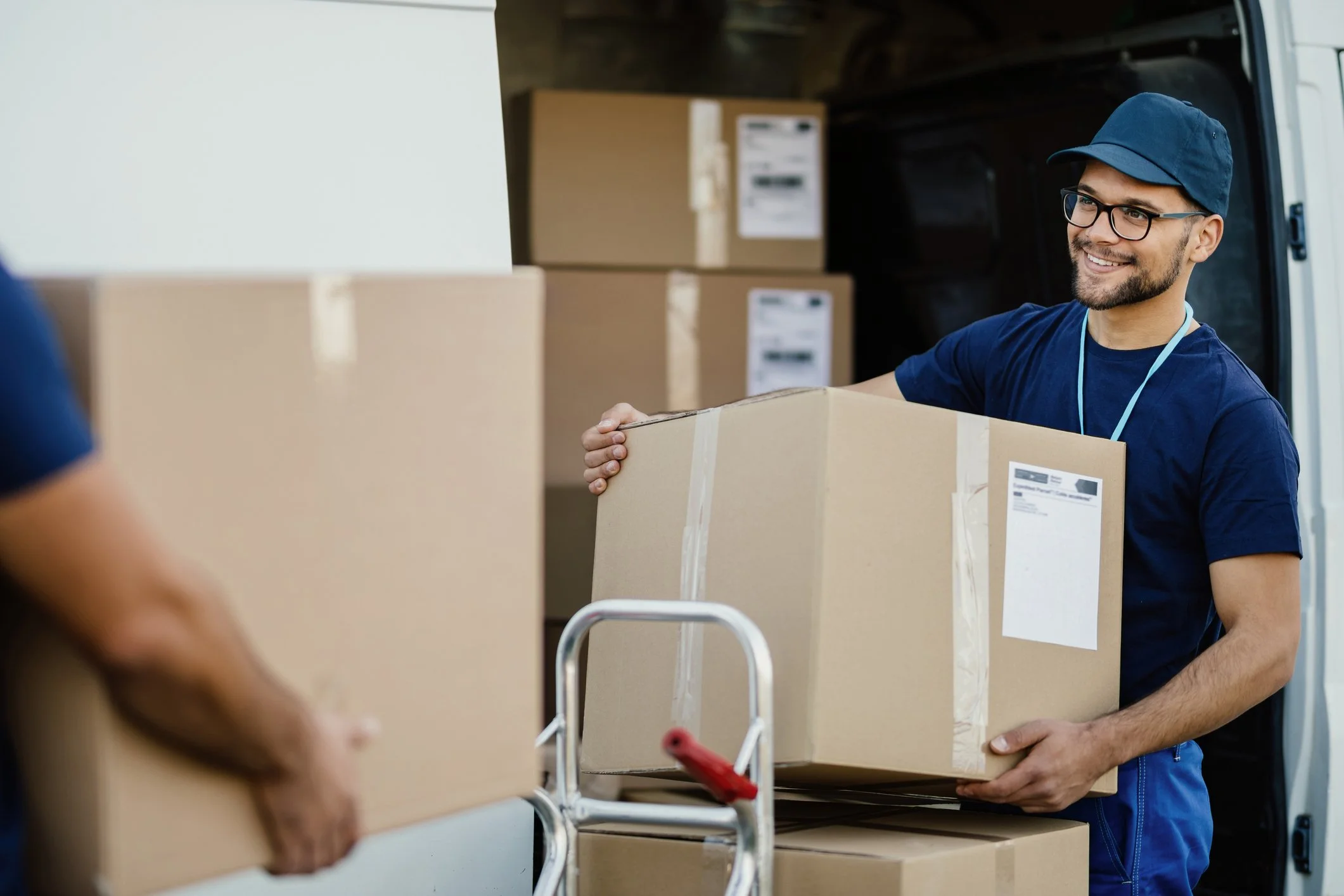How to Ship Large Items
Shipping BIG doesn’t need to be intimidating! However, there are a few things you’ll need to know before taking a BIG leap into shipping methods like Less-than-Truckload (LTL) shipping. Even if you don’t plan on shipping big any time soon, understanding the benefits of LTL shipping will help you make the right decisions on mid-size products you may not realize are triggering additional fees and overcharges.
In this article, we’re covering everything you need to know to ship BIGGER and BETTER. Let’s get to it!
How to ship large items step-by-step
Table Of Contents
Step 1: Damage prevention and packaging
Choosing the right packaging is critical to damage prevention and, when done right, can even help increase the likelihood of claims payouts in the case that your products do get damaged. When shipping heavy or oversized products, we recommend using:
Strong outer materials like thick cardboards (you may want to double-box it or use inner packaging)
Corner protectors (like foam corners) to prevent damage to the sides of a product.
Sealers like extra strength duct tape, stitching, or staples.
When considering packaging methods, use both inner and outer packaging, and consider the four possible ways freight gets damaged:
Shock
Vibration
Compression
Exposure (to elements like humidity, dirt, etc.)
With heavy or difficult to lift products, your carriers are more likely to request that those products be palletized. Even if it is not requested, palletization is an excellent way to prevent damages to the bottom of your shipment.
There is a lot more to cover when packaging large products, so we recommend you check out our blog on preventing damages to large items.
Step 2: Measurements and dimensions
Having accurate weight and dimensions is crucial to preventing profit drain – one wrong measurement or weight calculation, and you could be experiencing fees over $900 on parcel items! Be sure you're using an accurate shipping scale and double-checking your weight and dims before booking freight.
If your manufacturer is doing the weight and dimensions calculations, make sure you're regularly checking in to ensure that the packaging changes have not affected weight or dimensions.
If you're shipping a product that is a "return," and it was originally shipped as a "parcel," we recommend shipping it through an LTL method if it was initially at 90% of the parcel threshold for either combined dimensions or weight. We recommend this because sometimes, when customers ship products back, re-packaging them affects weight and dimensions just enough to trigger surcharges.
Step 3: Choosing a shipping method
Choosing the wrong shipping method when shipping heavy items can incur additional shipping fees that can be a significant loss to your business. When shipping large items, you will likely require Less-than-Truckload (LTL) services in most cases, but below, we have outlined the situations where it is appropriate to choose other solutions.
When to use parcel
You can use parcel shipping for packages less than 150lbs that are no longer than 108 inches or no longer than 165 inches in length and girth combined. It is, however, recommended that you compare rates for packages over 30lbs with an LTL solution as the special handling fees that can incur when using a parcel option can, in some cases, be higher than an LTL solution. You may also want to use LTL solutions for larger packages that require additional care or specialty services.
When to use LTL
If your package is over the parcel limits, typically, this is where you would ship LTL. If your package is inching close to the parcel requirement threshold (within 90% of the limit), we also suggest shipping LTL, just in case. Shipping LTL when you're at threshold is especially important if you're shipping returns, as customers repackaging items can affect the weight and dimensions of your shipment.
If you're shipping parcels, make sure you regularly check your freight invoices for each SKU to make sure no SKUs are incurring overage fees – if they do, it's time to ship LTL!
When to use FTL
If you are shipping multiple items or a single item large enough to fill an entire truck to the same destination, use a Full-Truckload (FTL) shipping method.
Step 4: Consider shipping insurance
Purchasing shipping insurance is an excellent option to ensure you’re getting your money back fast in the case of lost, stolen, or damaged goods. If you do not purchase insurance, the basic insurance you receive is carrier liability, which does not cover many damage cases, and can take up to 120 days to receive payouts.
We highly recommend purchasing shipping insurance if you are shipping fragile or high-value items. You can easily buy insurance at a discounted rate through our quick quoting tool.
Step 5: Manage shipments
As you continue to ship, it's essential to check in with your SKUs to ensure you're not incurring fees such as from wrong weight/dimensions, incorrect addresses, or product categories. You should also check up on your SKUs' damage rates to determine if your carriers are handling your goods properly. If you notice high damage rates, it may be time to use a new carrier.
It's essential to be proactive about your shipping decisions – that's why our consultants are always here to help you review your shipping data. We encourage you to reach out any time to review your Freight Club shipments!
Frequently asked questions
The cheapest way to ship large packages
To get the cheapest rates on shipping large packages, shippers usually will choose one of three options:
Using a freight marketplace to compare rates and receive discounts
Using a freight broker to receive discounts
Shipping in high volumes with a single carrier to receive volume discounts
If you’d like to get a quick quote comparison on already discounted freight, check out our quick quoting tool – it’s completely free!
In addition to getting the best rates, we recommend also looking at potential areas of profit drain to make sure you're keeping your shipping costs down. We cover all the areas of potential profit drain in this blog.
Resources for shipping large items
Preventing shipping losses – the basics
Want the best deals on shipping?
Join hundreds of users getting the best deals on shipping large items.

